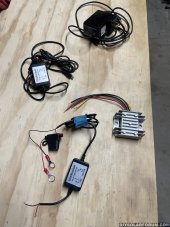Brett V
Mad Scientist
I'd really like to see someone from SS chime in here and verify that the statement you received from tech support is the official company policy.
I'm not an attorney but that statement sure looks like a violation of the Magnuson-Moss Warranty Act to me.
I'm not an attorney but that statement sure looks like a violation of the Magnuson-Moss Warranty Act to me.



